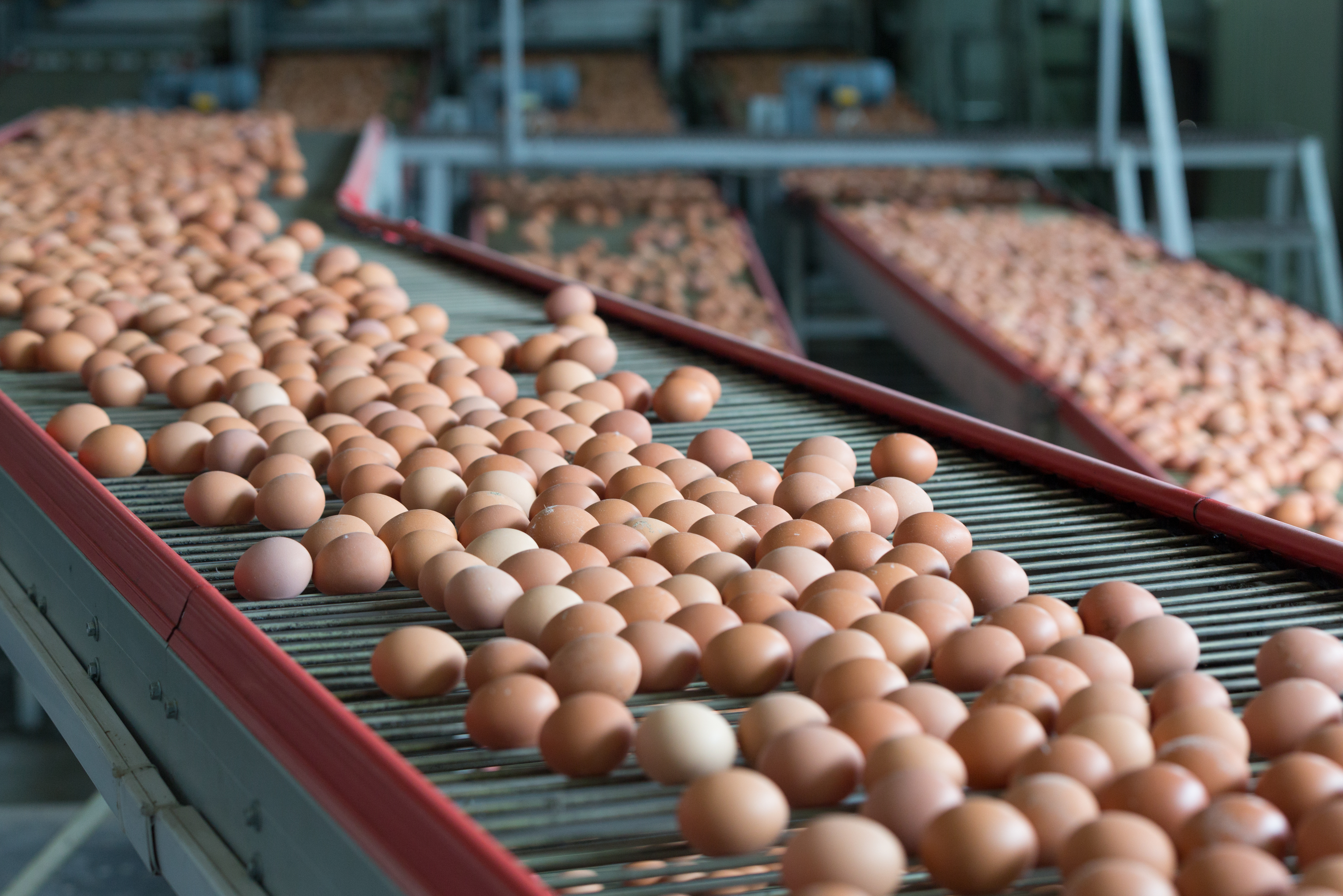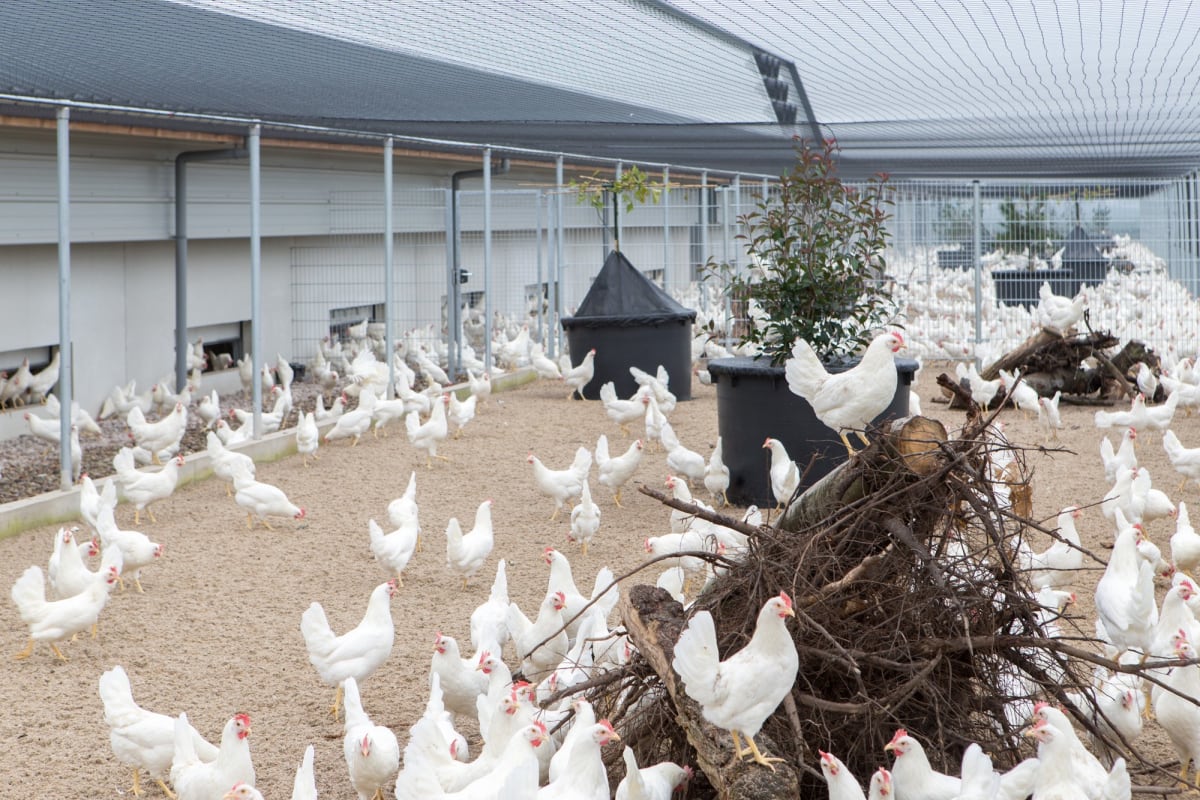



We all need to work together to make cage-free a commercial success
The British egg industry is on the brink of major re-investment into cage-free systems.The British egg industry is on the brink of major re-investment into cage-free systems, following the unprecedented commitment by major food companies to source only cage-free eggs by 2025 or sooner. The successful conversion to cage free depends on everyone playing their part to make sure the systems developed can truly deliver the animal welfare benefits that consumers expect, and that the transition is paced to ensure the commitment deadlines are met.
We are all keen to avoid another situation where millions of pounds are invested in systems (like colony cages) that become obsolete before the end of their natural lifespan, and to ensure that we can continue to confidently promote the purchase of higher welfare British eggs from barn, free range and organic production systems.
Currently, there is little barn egg production in the UK, and most companies that have made cage free commitments are yet to decide whether to source their basic, entry level eggs as "barn" or "free range." It is highly likely that a large proportion of caged production will move to barn systems - particularly for the value egg market - and will involve converting existing buildings into multi-tier, multi-storey systems.

Setting a good minimum standard for barn eggs is therefore critical, especially as the minimum EU legislative standards are inadequate – they do not limit flock or colony size, or stocking density (when calculated at the floor level), and stipulate only basic provisions for nesting and no provision for enriching the hen’s environment. Such poor legislation has allowed intensive farm systems like combination systems to become increasingly prevalent in parts of Europe – thankfully there are few in the UK.
Combination ("combi") systems are multi-tiered structures with internal partitions and doors, which restrict movement through the tiers and convert into caged systems when the doors are closed. They also operate at high stocking densities (typically 22 birds/m2 at the floor level), further limiting hen behaviour, especially at the floor level where important activities such as foraging, pecking, wing-flapping and dustbathing occur. Investing in these systems is not recommended as they are not considered to be a sufficient step-up in animal welfare, and any short-term commercial gains would soon be short-lived.
We need a good UK minimum standard for barn systems to be set that has the potential to deliver good hen welfare, gives producers clear guidance on an acceptable way forward and creates a level playing field for producers and food companies alike.
The British Lion Quality scheme is the obvious contender to set this minimum barn egg standard as they currently assure caged eggs and default to minimum EU legislation for barns. As companies assess which cage-free system to adopt, now is a prime opportunity for Lion to set a new standard with their members - one that the whole industry can support and one which will ensure consumer acceptability into the future.
Producers largely want to do the right thing for their hens and their investment, but they need the confidence to invest in the best system they can. A good minimum standard across the industry is a first step, but producers also need long term contracts and trading security from food companies, and a clear roadmap to ensure a smooth transition from caged to a cage-free supply. Companies that are yet to commit to cage-free policies need to address this now, and those that have, must extend their policies to include ingredient eggs, alongside whole eggs.
To prevent any backslide in standards and ensure a level playing field for British producers the government also needs to take more responsibility. It needs to legislate against caged eggs, set a good minimum standard for UK barn production and introduce protective tariffs on imports from potentially inferior systems. The UK has a solid history of being ahead of the game in animal welfare and Brexit could be an opportunity for the UK government to set its own higher welfare standards that exceed minimum EU standards, which consumers and industry can all stand behind.
To the average consumer a barn is a barn – a single storey building with litter on the floor and hens roaming free, rather like a broiler shed. The new minimum barn egg standard will likely allow for a multitude of different system designs. So for consumers to accept a value entry point for eggs, producers need to ensure that the system they adopt now is right for animal welfare and accepted by the NGOs and consumers who have fought to eliminate cages and expect high standards of animal welfare.

© Kipster
There are several multi-tier systems, or true aviary systems, capable of providing what hens want and need - sufficient space to move freely, ramps or platforms to ease movement between tiers, secluded nest boxes to lay eggs, and plenty of enrichment substrates for dustbathing and foraging. Superior barn formats like Kipster and Rondeel exist and barns with verandas or winter gardens, which have different indoor/outdoor functional areas to allow for supplementary foraging, dustbathing and sunbathing opportunities, are also being developed in some European countries. (Read Compassion’s Laying Hen Booklet and Guidance for Multi-tier systems for further advice).
Considering the barn itself, provision of sufficient ventilation is imperative, to maintain air and litter quality for the flock size, particularly in multi-storey buildings. It is also important that each storey forms a single air space with its own control. Ideally, natural light would be provided and access to a veranda to increase the floor area available for important behaviours such as pecking, foraging and dustbathing.
A multi-tier system should be a true aviary design, with secluded nest boxes and comfortable, hygienic flooring; they should be designed to allow for free and safe three-dimensional movement through the structure via ramps, platforms or stepped systems; provide space to live and an enriched environment to perform important behaviours, such as perching, scratching, foraging and dustbathing. Working with trusted equipment manufacturers that put hens at the heart of their design is key.
Research into aviary systems is starting to come through in the literature. It shows that we do not provide hens with enough perching space, so although 15cm per bird is stipulated in legislation and assurance schemes, hens are likely to require as much as 22cm.1 In addition, given the space required to dustbathe and wing flap is twice and four times that required to stand,1 respectively, we need to address the amount of littered floor area we provide the hens. Currently legislation stipulates 250cm2 per bird, however, research shows us that in order to maximise the number of birds dustbathing we need to provide more than twice this area (560cm2).2
It is therefore very important to consider stocking density at the floor area, and access to the floor via wide alleys between multiple aviary structures. In the UK, we have good experience of operating aviary systems in free range production with 15 birds/m2 at the floor level – so we see no reason to provide less space for the hens in indoor barn systems.
With the demise of the cage, it’s vital that we now make the right decisions to support a sustainable cage-free future. Setting a good minimum barn standard which industry, government and consumers alike can confidently feel proud to support is key first step and one that will ensure better lives for our hens in the future
| References | ||||
|---|---|---|---|---|
| ER Riddle, ABA Ali, DLM Campbell and JM Siegford | ||||
| (2018) | Space use by 4 strains of laying hens to perch, wing flap, dust bathe, stand and lie down | |||
| H Louton, S Bergmann, S Reese, MH Erhard and E Rauch | ||||
| (2019) | Dust-bathing behaviour of laying hens in enriched colony housing systems and an aviary system |









